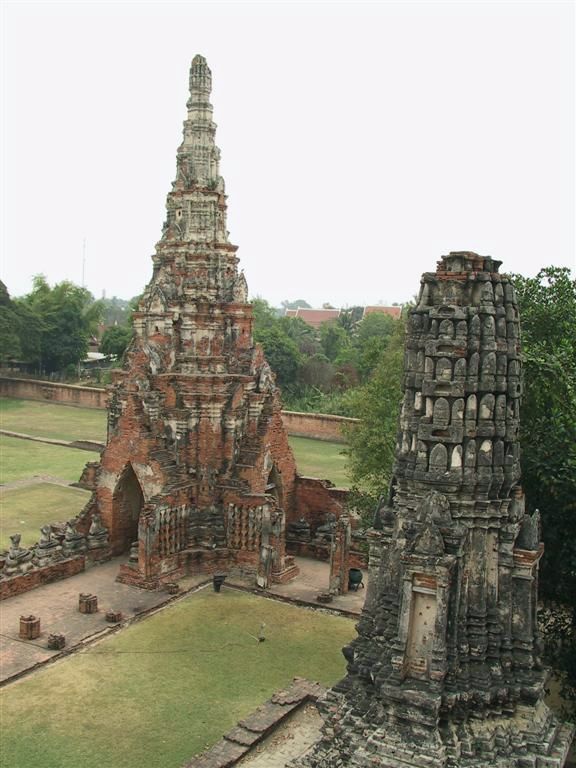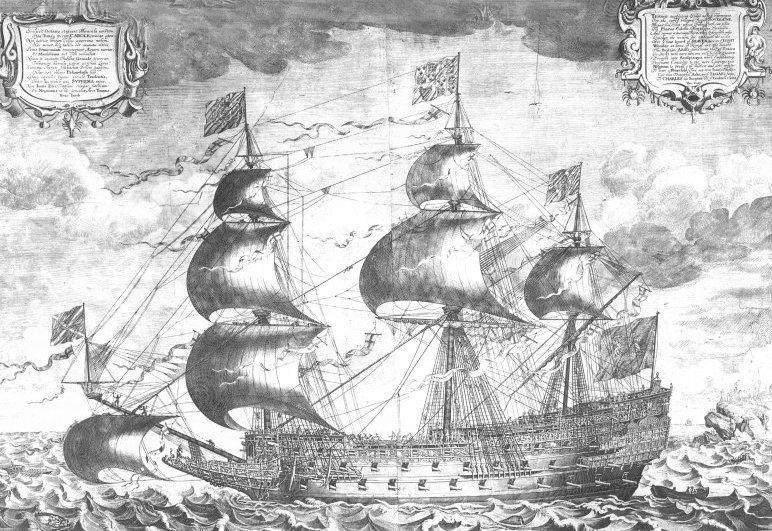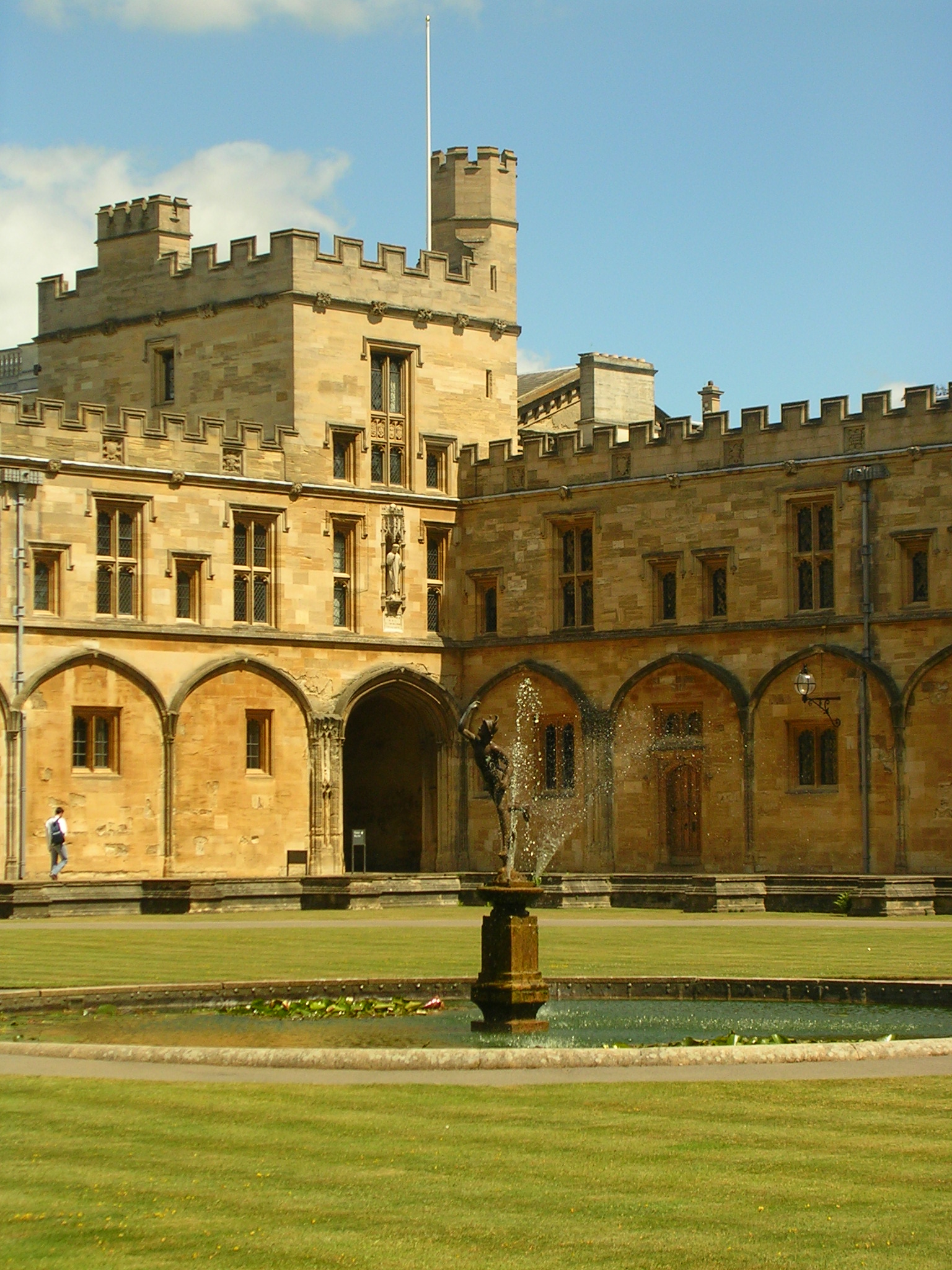|
David Gregory (historian)
David Gregory (1696–16 September 1767) was an English churchman and academic, Dean of Christ Church, Oxford and the first Regius Professor of Modern History at Oxford. Life He was the son of David Gregory (1661–1708), the mathematician. Two years after his father's death Gregory was admitted a queen's scholar of Westminster School, from which in 1714 he was elected to Christ Church. He graduated B.A. 8 May 1718, and M.A. 27 June 1721, and on 18 April 1724 became the first Professor of Modern History and Languages at Oxford. He soon afterwards took orders and was appointed rector of Semley, Wiltshire; proceeding B.D. 13 March 1731 and D.D. in the following year (7 July 1732). He continued to hold his professorship till 1736, when he resigned it on his appointment to a canonry in Christ Church Cathedral (installed 8 June). While canon (1750) he repaired and adorned Christ Church Hall, and presented to it busts of kings George I and George II. He was promoted to the deanery (i ... [...More Info...] [...Related Items...] OR: [Wikipedia] [Google] [Baidu] |
Christ Church, Oxford
Christ Church ( la, Ædes Christi, the temple or house, '' ædēs'', of Christ, and thus sometimes known as "The House") is a constituent college of the University of Oxford in England. Founded in 1546 by King Henry VIII, the college is uniquely a joint foundation of the university and the cathedral of the Oxford diocese, Christ Church Cathedral, which both serves as the college chapel and whose dean is ''ex officio'' the college head. The college is amongst the largest and wealthiest of colleges at the University of Oxford, with an endowment of £596m and student body of 650 in 2020. As of 2022, the college had 661 students. Its grounds contain a number of architecturally significant buildings including Tom Tower (designed by Sir Christopher Wren), Tom Quad (the largest quadrangle in Oxford), and the Great Dining Hall, which was the seat of the parliament assembled by King Charles I during the English Civil War. The buildings have inspired replicas throughout the world in a ... [...More Info...] [...Related Items...] OR: [Wikipedia] [Google] [Baidu] |
Sherburn Hospital
Sherburn Hospital (also known as Christ's Hospital in Sherburn) is a medieval hospital located in the hamlet of Sherburn House to the southeast of Durham, England. History The hospital was founded in 1181 by Hugh de Puiset (Bishop Pudsey), to care for 65 lepers and dedicated to "our Lord, to the Blessed Virgin, to St. Lazarus and his sisters, Mary and Martha". Its statutes were amended at the request of Bishops Richard Kellaw and Thomas Langley. The hospital was endowed with a range of lands, including Sherburn, Garmondsway Moor, Ebchester, Whitton, Raceby and Sheraton. Sherburn Hospital survived the Dissolution of the Monasteries and the associated closures of many hospitals (including nearby Kepier) and a new constitution was introduced by Act of Parliament in 1585 for the establishment of "The Master and Brethren of Christ's Hospital in Sherborne near Durham". Ralph Lever, canon of Durham Cathedral, was master of the hospital at the time of his death. George Stanley Fabe ... [...More Info...] [...Related Items...] OR: [Wikipedia] [Google] [Baidu] |
Deans Of Christ Church, Oxford
The Dean of Christ Church is the dean of Christ Church Cathedral, Oxford and head of the governing body of Christ Church, a constituent college of the University of Oxford. The cathedral is the mother church of the Church of England Diocese of Oxford and seat of the Bishop of Oxford. The chapter of canons of the cathedral has formed the governing body of the college since its foundation, with the dean as ''ex officio'' head of the chapter and ''ipso facto'' head of the college. Since 26 April 2022, the position has been vacant. List of deans From the diocese's foundation in 1542 until 1545, the cathedral was at Osney. There, the cathedral deans were: * John London (1542–1543) * Richard Cox (1543–1545, reappointed dean at Christ Church) The academic deans of Christ Church's predecessor Oxford colleges were: * John Hygdon (Dean of Cardinal College, 1525–1531; Dean of King Henry VIII's College, 1532–1533) * John Oliver (Dean of King Henry VIII's College, 1533� ... [...More Info...] [...Related Items...] OR: [Wikipedia] [Google] [Baidu] |
1767 Deaths
Events January–March * January 1 – The first annual volume of ''The Nautical Almanac and Astronomical Ephemeris'', produced by British Astronomer Royal Nevil Maskelyne at the Royal Observatory, Greenwich, gives navigators the means to find longitude at sea, using tables of lunar distance (navigation), lunar distance. * January 9 – William Tryon, governor of the Royal Colony of North Carolina, signs a contract with architect John Hawks (architect), John Hawks to build Tryon Palace, a lavish Georgian architecture, Georgian style governor's mansion on the New Bern waterfront. * February 16 – On orders from head of state Pasquale Paoli of the newly independent Corsican Republic, Republic of Corsica, a contingent of about 200 Corsican soldiers begins an invasion of the small island of Capraia off of the coast of northern Italy and territory of the Republic of Genoa. By May 31, the island is conquered as its defenders surrender.George Renwick, ''Romantic ... [...More Info...] [...Related Items...] OR: [Wikipedia] [Google] [Baidu] |
1696 Births
Events January–March * January 21 – The Recoinage Act, passed by the Parliament of England to pull counterfeit silver coins out of circulation, becomes law.James E. Thorold Rogers, ''The First Nine Years of the Bank of England'' (Clarendon Press, 1887 p. 41 * January 27 – In England, the ship HMS ''Royal Sovereign'' (formerly ''HMS Sovereign of the Seas'', 1638) catches fire and burns at Chatham, after 57 years of service. * January 31 – In the Netherlands, undertakers revolt after funeral reforms in Amsterdam. * January – Colley Cibber's play ''Love's Last Shift'' is first performed in London. * February 8 (January 29 old style) – Peter the Great who had jointly reigned since 1682 with his mentally-ill older half-brother, Tsar Ivan V, becomes the sole Tsar of Russia when Ivan dies at the age of 29. * February 15 – A plot to ambush and assassinate King William III of England in order to restore King James and the House of Stua ... [...More Info...] [...Related Items...] OR: [Wikipedia] [Google] [Baidu] |
Henry Grey, 1st Duke Of Kent
Henry Grey, 1st Duke of Kent, KG, PC (16715 June 1740) was a British politician and courtier. None of his sons outlived him, so his new title became extinct on his death. Though the house he built at Wrest Park in Bedfordshire has gone, parts of his very grand garden have survived relatively untouched. Family He was a son of Anthony Grey, 11th Earl of Kent, and Mary Grey, 1st Baroness Lucas of Crudwell. He succeeded his father as 12th Earl of Kent in 1702, having succeeded his mother as 2nd Baron Lucas earlier the same year. He was the grandfather, through his daughter Anne Grey, of Henry Cavendish, the preeminent English chemist and physicist of the late 18th century. Political career Having taken his seat in the House of Lords and though regarded as lacking talent and ambitionPhilip Carter, 'Grey, Henry, duke of Kent', ''Oxford Dictionary of National Biography'', Oxford University Press, 2004 he, as the politically expedient candidate, was made Lord Chamberlain and a Priv ... [...More Info...] [...Related Items...] OR: [Wikipedia] [Google] [Baidu] |
Convocation House
Convocation House is the lower floor of the 1634–1637 westward addition to the University of Oxford's Bodleian Library and Divinity School in Oxford, England. It adjoins the Divinity School, which pre-dates it by just over two hundred years, and the Sheldonian Theatre, to its immediate north. History Seventeenth-century origins The entire westward section was originally known as Selden End, in recognition of the gift of books from the lawyer John Selden which occupy the portion of the Bodleian Library housed above. In 1665 and 1681, during the reign of Charles II, the chamber served as home for the Royalist Members of the English Parliament. Its present stone-vaulted ceiling dates from 1758 to 1759. Present Convocation House is used for meetings of the University of Oxford's Convocation A convocation (from the Latin ''wikt:convocare, convocare'' meaning "to call/come together", a translation of the Ancient Greek, Greek wikt:ἐκκλησία, ἐκκλησία ''ekkl ... [...More Info...] [...Related Items...] OR: [Wikipedia] [Google] [Baidu] |
Prolocutor
A prolocutor is a chairman of some ecclesiastical assemblies in Anglicanism. Usage in the Church of England In the Church of England, the Prolocutor is chair of the lower house of the Convocations of Canterbury and York, the House of Clergy. The Prolocutor presides in that house and acts as representative and spokesperson in the upper house. They are elected by the lower house in the Province of Canterbury and Province of York for a period of five years at the beginning of each quinquennium of the General Synod of the Church of England. The two Convocations each also elect two deputies, known in the Northern Province as the Deputy Prolocutor, and in the Southern Province as the Pro-Prolocutor. The Prolocutor plays a role in the Confirmation of Election of a bishop or archbishop, 'supporting' (in some cases) a member of the lower house moving to the upper house. Following the inauguration of the General Synod in 2015, Simon Butler was elected as the Prolocutor of the Lower House ... [...More Info...] [...Related Items...] OR: [Wikipedia] [Google] [Baidu] |
County Durham
County Durham ( ), officially simply Durham,UK General Acts 1997 c. 23Lieutenancies Act 1997 Schedule 1(3). From legislation.gov.uk, retrieved 6 April 2022. is a ceremonial county in North East England.North East Assembly �About North East England. Retrieved 30 November 2007. The ceremonial county spawned from the historic County Palatine of Durham in 1853. In 1996, the county gained part of the abolished ceremonial county of Cleveland.Lieutenancies Act 1997 . Retrieved 27 October 2014. The county town is the of |
Tom Quad
The Great Quadrangle, more popularly known as Tom Quad, is one of the quadrangles of Christ Church, Oxford, England. It is the largest college quad in Oxford, measuring 264 by 261 feet. Although it was begun by Cardinal Wolsey in 1525–1529, he was unable to complete it before his fall from power. Wolsey planned a cloister, but only the starts of the arches on the walls, and of the supports jutting into the lawn were done; these can still be seen around the quadrangle. The main entrance was also left incomplete, and it is not known how the gatehouse was planned to look. After some 150 years, the gatehouse was completed in 1681–1682 with Tom Tower, designed by Sir Christopher Wren, when John Fell was Dean. It is listed Grade I on the National Heritage List for England. A statue of Queen Anne on Tom Tower overlooks the main entrance to the Quad. Description The funds for the building of Tom Quad were found from the suppression of three Norbertine abbeys. It is dominated to t ... [...More Info...] [...Related Items...] OR: [Wikipedia] [Google] [Baidu] |
Regius Professor Of Modern History At Oxford
The Regius Professor of History at the University of Oxford is a long-established professorial position. Holders of the title have often been medieval historians. The first appointment was made in 1724. The term "Regius" reflects the origins of the post as a royal appointment, itself a recognition of the important influence of history. The Regius Professor of History is ''ex officio'' a Fellow of Oriel College. Professor Lyndal Roper has held the Regius Professorship since 2011, the first woman (and the first Australian) to have done so. Past holders (complete) *1724–1736 – David Gregory *1736–1742 – William Holmes *1742–1768 – Joseph Spence *1768–1771 – John Vivian *1771–1801 – Thomas Nowell *1801–1813 – Henry Beeke *1813–1841 – Edward Nares *1841–1842 – Thomas Arnold *1842–1848 – John Antony Cramer *1848–1858 – Henry Halford Vaughan *1858–1866 – Goldwin Smith *1866–1884 – William Stubbs *1884–1892 – Edward Augu ... [...More Info...] [...Related Items...] OR: [Wikipedia] [Google] [Baidu] |
Christ Church Library
Christ Church Library is a Georgian building that forms the south side of Peckwater Quadrangle in Christ Church, Oxford, England. To the east is Canterbury Quadrangle. The library houses the college's modern lending library and early printed books on two floors. History The first library at Christ Church was established in 1562 in what had been the refectory of St Frideswide's Priory. The books, of which around 140 remain in the library, were originally chained to wooden lecterns. A new library was designed in the eighteenth century, with the intention of attracting aristocratic students to the college by equalling the great classical library buildings of Trinity College, Cambridge and Trinity College, Dublin. The most likely candidate for the architect is Dr George Clarke of All Souls; the master mason was William Townsend/Townesend. Building work started in 1717 and was only completed in 1772. The books were housed on the first floor to avoid damp and flooding, while the g ... [...More Info...] [...Related Items...] OR: [Wikipedia] [Google] [Baidu] |







